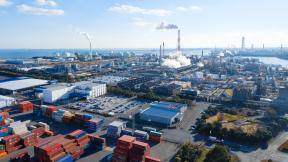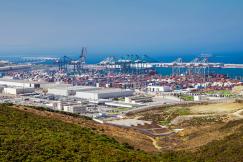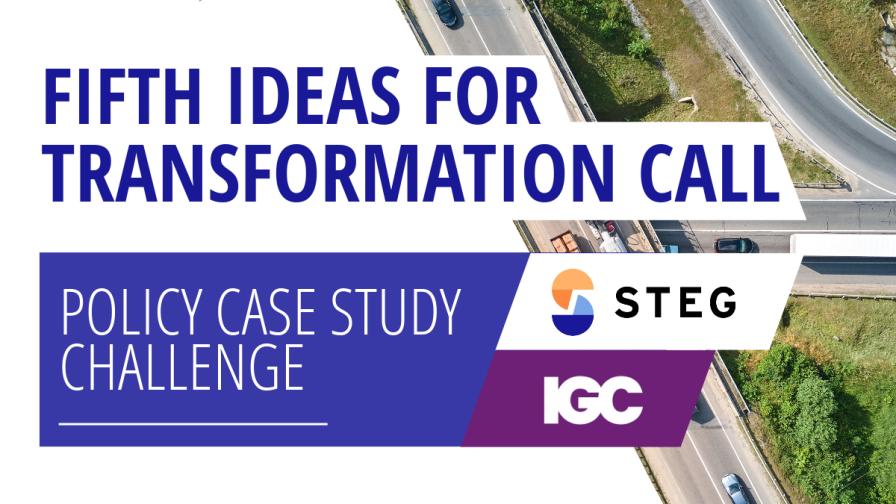Given the detrimental impact of climate change on well-being across the globe, it is essential to significantly reduce the environmental footprint of macroeconomic activity. However, the primary metrics of economic success fail to account for this footprint. Economic performance is typically assessed through growth in gross domestic product (GDP) per capita, which is largely driven by the growth rate of total factor productivity (TFP) (Jones 2016, 2022). While these metrics may have served as useful proxies for improvements in living standards in the past, the increasing disruptions caused by excessive emissions necessitate new measures. These new metrics must reflect both current improvements in living conditions and the potential costs imposed on future generations through climate impact.
This project develops a new framework for measuring productivity to address this gap. The proposed measure of productivity integrates the effects of current production and consumption on climate change. In theory, technological advances allow economies not only to increase output but also to produce a given level of output in cleaner, more sustainable ways. This measure, termed emissions-adjusted total factor productivity (TFPE), reflects productivity growth through two components: the conventional growth in TFP and the present value of climate damage associated with emissions from production.
The project demonstrates that TFPE serves as a relevant measure of productivity under general assumptions aligned with canonical integrated assessment models, which are widely used in climate policy cost-benefit analysis. TFPE can be calculated for most countries using publicly available data, along with estimates of the social cost of carbon.
Initial results show that, when applying the TFPE framework to U.S. data, the sharp decline in emissions since the mid-2000s has added 0.2 percentage points to annual TFPE growth. This means that the slowdown of traditionally measured productivity growth, which has been the subject of extensive policy debate in recent years, is smaller than it often seems, and in the case of the United States is reversed. Furthermore, the initial analysis shows that achieving net-zero emissions would increase TFPE by 26%.






















































